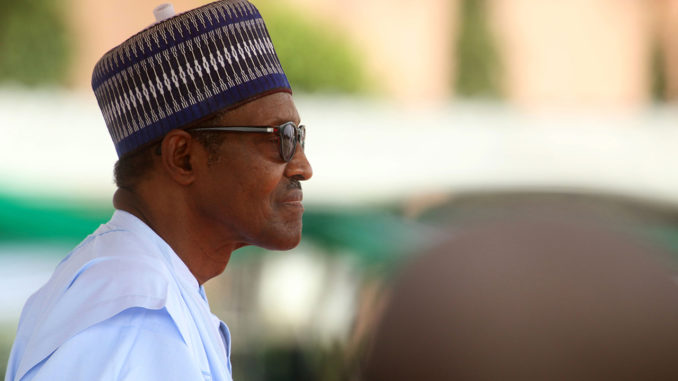
One man changed the history of the world by setting himself on fire. The Tunisian, Mohammed Bouazizi, was unable to find work and had to make ends meet by selling fruits at a roadside stand. On December 17, 2010 a municipal inspector confiscated his wares. An hour later, he doused himself with petrol and set himself on fire. His death on January 4, 2011 brought together various groups dissatisfied with the existing system in Tunisia: the unemployed, political and human rights activists, trade unionists, students, professors, lawyers, and many others. Thus began the Tunisian Revolution. This uprising led to the sacking of President Zine El Abidine Ben Ali on January 14, 2011, thus ending his 23 years in power. The ousted Ben Ali fled into exile in Saudi Arabia.
Barely 10 days after the sacking of President Ben Ali in Tunisia, protests began in Egypt on January 25, 2011 and ran for 18 days. Beginning around midnight on 28 January, the Egyptian government attempted to eliminate the nation’s Internet access, in order to inhibit the protesters’ ability to organize through social media. It was all in vain for, on February 11, 2011, President Hosni Mubarak of Egypt was forced to flee from power, after being in office for about 30 years. Then the revolution spread to Libya, the land of the then strongman Muammar Gaddafi.
Protests in Libya lasted till October 20, 2011 when Gaddafi met with gruesome death. The uprisings that swept through the Arab world were given the name: The Arab Spring. The fear of the Arab Spring spreading to other parts of the world got on the front burner in this day and age of the social media. Through the Internet, Facebook, Twitter, Blackberry etc., landmark protests could easily be organized in the twinkle of an eye.
Nigeria had a spectre of the Arab Spring when the then President Goodluck Ebele Jonathan removed the fuel subsidy on January 1, 2012. This was done without the consent of the legislature. And there was not even enough dialogue with labour unions and civil society organizations. The very unpopular New Year “gift” sparked off spontaneous anti-government demonstrations in many Nigerian cities the very next day, that is, on January 2. Nigerian towns such as Kaduna, Kano, Ibadan, Ilorin, Kebbi, Gusau etc. were literally on fire as many protesters marched on the streets with placards and made bonfires. The demonstrations involved people from diverse social strata and different works of life.
The various classes of people were all united in opposition to the fuel price increase. The uprising brought together the unemployed, the under-employed and even the employed. The poor and ill-assorted classes of people were involved. The educated and uneducated persons shared company in the marches. The artisans and sundry workers, musicians and diverse artists, students, all kinds of activists were united in the struggle. The name that was given to the crusade was “Occupy Nigeria”. A melting pot of the struggle was the Gani Fawehinmi Square in Ojota, Lagos. For a week, from sunup to sundown, the many classes of Nigerians converged at the square. The number of protesters increased steadily by the weekend. The fear in the air was that the coming week’s protests could turn into the Nigerian version of the Arab Spring. It was akin to waiting for the Nigerian Spring!
The first objective of the Occupy Nigeria protest was to force the government to return to the status quo and cause petrol to be sold at the previous rate of 65 naira per litre. There was also the need to get the government to provide improved infrastructure and eradicate corruption. Messages passed back and forth on the social media network about the envisaged Nigerian Spring. The Facebook pages were replete with instructions on how to follow through the Nigerian Spring. Facebook group pages were created to spur Nigerians globally against the fuel subsidy removal. One of the Facebook groups called “Nationwide Anti-Fuel Subsidy Removal: Strategies & Protests which was created on January 2, 2012 had over 20,000 members in one fast week by January 9.
It’s indeed ironic that the social media like Facebook was used in the mass action against Jonathan who owned a well-patronized Facebook account that then boasted of well over half-a-million fans. The Nigerian president then had more Facebook fans than the combined tally of the British Prime Minister, German Chancellor, and South African President. The “Occupy Nigeria” protests petered out when the government rolled out tanks and ordered soldiers into the streets of Lagos to stop the protesters in their tracks. Jonathan then announced that the government had reached an agreement with the labour unions to put petrol price at 97 Naira from the high of 141 Naira. The leaders of the Nigeria Labour Congress and Trade Union Congress decided to call off the strike. And thus was averted what would have amounted to the Nigerian Spring.
Nigeria is once again in the season of anomie. President Muhammadu Buhari has somewhat been indulged after raising the fuel prize to an all-time high of 145 Naira. The exchange rate of the Naira has become well-nigh unbearable. Inflation is all the rage. Tertiary students have been on strike for months on end. The hunger that made Tunisia’s Mohammed Bouazizi to set himself on fire, thus sparking off the Arab Spring, is an everyday Nigerian reality now. In short, anything can happen. And as if to cap it all off, a very ominous presidential election is afoot. One small misstep can lead to cataclysmic tragedy. Given the mess the countries of the Arab Spring are in today, Nigeria should learn the lesson of being saved from anarchy.
END

Be the first to comment